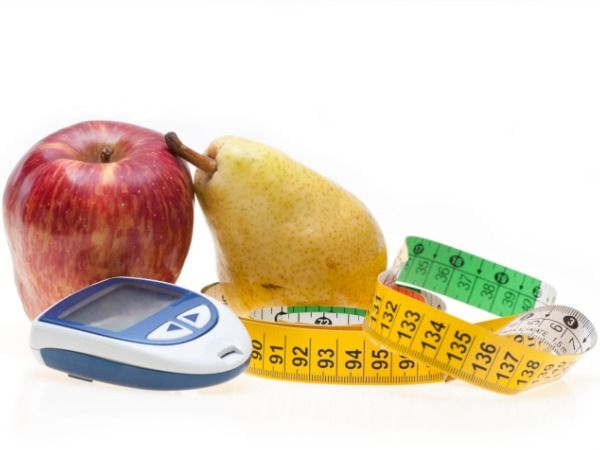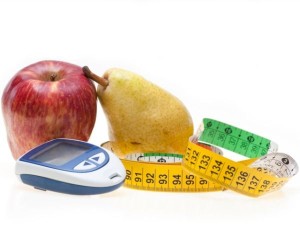 Don’t know what to eat as a Diabetic trying to lose weight? We have taken the guesswork out of planning a day’s meals for optimal blood-sugar control.
Don’t know what to eat as a Diabetic trying to lose weight? We have taken the guesswork out of planning a day’s meals for optimal blood-sugar control.
It is recommend to eat a meal or snack every four to five hours. This allows enough time for your blood sugar to come back down to a healthy baseline after eating, but it’s frequent enough to help you manage your appetite and keep hunger pangs at bay, which is especially important if you’re trimming calories to lose a few pounds.
In general, you can meet this guideline by eating breakfast, lunch, a mid-afternoon snack, and dinner, evenly spaced throughout your day.
![]()
![]() At all meals and snacks, combine a small to moderate amount of high-quality carbohydrates (vegetables, fruit, whole grains, beans/lentils) with a good dose of lean protein from foods like skinless turkey or chicken, egg whites, seafood, low-fat dairy, or beans/lentils (beans and lentils count as both a carb and a protein). The protein helps slow your body’s absorption of carbs and prevent spikes in your blood sugar.
At all meals and snacks, combine a small to moderate amount of high-quality carbohydrates (vegetables, fruit, whole grains, beans/lentils) with a good dose of lean protein from foods like skinless turkey or chicken, egg whites, seafood, low-fat dairy, or beans/lentils (beans and lentils count as both a carb and a protein). The protein helps slow your body’s absorption of carbs and prevent spikes in your blood sugar.
Here’s an example of an A+ day of eating designed for optimal blood-sugar control.
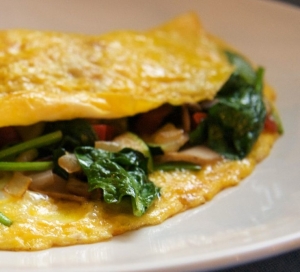 Breakfast:
Breakfast:
Egg-white omelet with vegetables (spinach, mushrooms, peppers and/or onions)
One orange
Coffee with skim milk
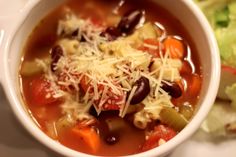 Lunch:
Lunch:
2 cups hearty, low-sodium soup (lentil, black bean or minestrone) topped with ¼ cup shredded
reduced-fat cheese
Crunchy red-pepper sticks
Water
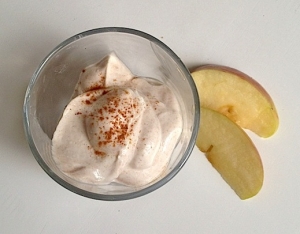 Snack:
Snack:
Nonfat yogurt
1 apple
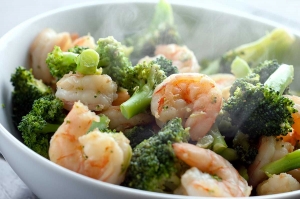 Dinner:
Dinner:
Homemade shrimp-and-broccoli stir-fry
¾ cup cooked brown rice
Green tea
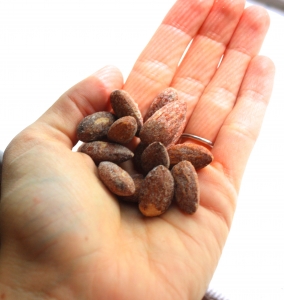 After Dinner:
After Dinner:
Handful of almonds or pistachio nuts
Cup of decaf or herbal tea

